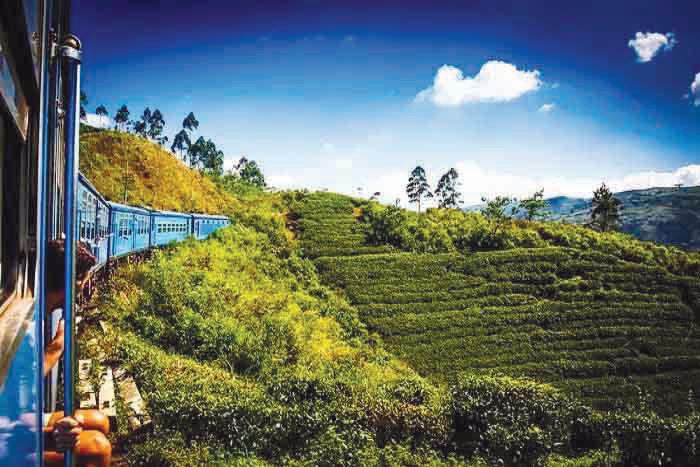
2 minute read
Nuwara Eliya
Nuwara Eliya is a city in the hill country of the Central Province, Sri Lanka. Its name means “city on the plain (table land)” or “city of light”.
The city is the administrative capital of Nuwara Eliya District, with a picturesque landscape and temperate climate. It is at an altitude of 1,868 m (6,128 ft) and is considered to be the most important location for tea production in Sri Lanka.
The city is overlooked by Pidurutalagala, the tallest mountain in Sri Lanka. Nuwara Eliya is known for its temperate, cool climate – the coolest area in Sri Lanka.
The city was founded by Samuel Baker, the explorer of Lake Albert and the upper Nile in 1846. Nuwara Eliya’s climate lent itself to becoming the prime sanctuary of the British civil servants and planters in Ceylon.
Nuwara Eliya, called Little England, was a hill country retreat where the British colonialists could immerse themselves in their pastimes such as fox hunting, deer hunting, elephant hunting, polo, golf and cricket.
Many of the buildings retain features from the colonial period such as the Queen’s Cottage, General’s House, Grand Hotel, Hill Club, St Andrew’s Hotel and Town Post Office.
New hotels are often built and furnished in the colonial style. Visitors to the city can wallow in its nostalgia of bygone days by visiting the landmark buildings. Many private homes maintain their old English-style lawns and gardens.
Climate
Due to its highland location, Nuwara Eliya has a subtropical highland climate (Köppen climate classification Cfb), having no pronounced dry season, a monsoonlike cloudy season and with a mean annual temperature of 16 °C (61 °F).
In the winter months, there can be frost at night, but it warms up rapidly during the day because of the high sun angle.
The town’s attractions include the golf course, trout streams, Victoria Park, and boating or fishing on Lake Gregory. Victoria Park is an attractive and well-used oasis.
It is popular with birdwatchers at quieter times because of the good opportunities for seeing species, particularly the Indian blue robin, pied thrush or scaly thrush lurking in the denser undergrowth. The Kashmir flycatcher is another attractive bird species in the park.
Galway’s Land Bird Sanctuary, close to Lake Gregory, is an area of montane forest a few kilometers east of the town. Covering an area of 0.6 km2 it is home to many bird and mammal species endemic to Sri Lanka, including wild boar and barking deer. The city is a base for visits to Horton Plains National Park. This is a key wildlife area of an open grassy woodland. Species found here include the leopard, sambar, and the endemic purplefaced langur. Endemic highland birds include the dull-blue flycatcher, Sri Lanka white-eye, and yellow-eared bulbul.
The plains have a well-visited tourist attraction at World’s End — a sheer precipice with a 1050 m drop.
The return walk passes the scenic Baker’s Falls. Early morning visits are best, both to see the wildlife and to view World’s End before mists close in during the later part of the morning. One of the distinctive features of Nuwara Eliya’s countryside is the widespread growing of vegetables, fruit and flowers usually associated with temperate Europe.
This “Little England” is covered with terraces growing potatoes, carrots, leeks, and roses interspersed with tea bushes on the steeper slopes. The slow-growing tea bushes of this highland region produce some of the world’s finest orange pekoe tea. Several tea factories around Nuwara Eliya offer guided tours and the opportunity to sample or purchase their products.
‘Lovers Leap’ is a spectacular waterfall set among tea plantations a short walk from the town of Nuwara Eliya. It falls a height of 30m in a long cascading sheet of water. It is said that it is named after a young couple who decided to be bound together forever by jumping off the cliff to their demise.








